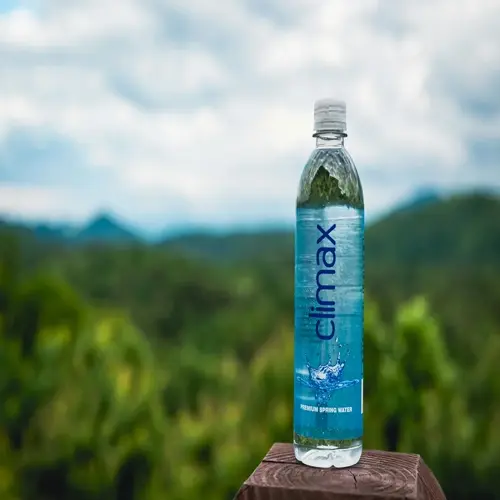How does exercise impact oxidative stress?

Written by
Robert Kelly
Reviewed by
Prof. Graham Pierce, Ph.D.Training has a salutary influence on oxidative stress through hormesis, where moderate exercise enhances the defense against free radicals, whereas excessive exercise can lead to injury. Aerobic training increases the efficiency of the mitochondria, thereby reducing the escape of free radicals. Resistance training produces many effects by activating antioxidant pathways via mechanical tension. When the training is balanced, the stress to cells reduces the possibility of injury.
Aerobic Training
- Stimulates mitochondrial biogenesis improving energy efficiency
- Enhances superoxide dismutase enzyme activity
- Increases capillary density for better oxygen delivery
- Moderate intensity reduces DNA oxidation markers
Strength Resistance
- Activates Nrf2 pathway increasing glutathione production
- Improves catalase enzyme concentrations in muscles
- Mechanical stress triggers adaptive antioxidant responses
- Controlled eccentric movements minimize lipid peroxidation
Recovery Protocols
- Active recovery flushes exercise-induced metabolites
- Sleep repairs oxidative damage through melatonin synthesis
- Hydration maintains electrolyte-dependent enzyme function
- Compression wear reduces inflammation biomarkers
Moderate aerobic activities, such as brisk walking, can significantly stimulate the production of antioxidant enzymes. This is caused by the stimulation of mitochondrial biogenesis, resulting in a selection of cleaner energy producers. This natural boost will reduce both electron leakage and free radical production. Therefore, to achieve the greatest adaptation without excessive stress, zone 2 training is recommended. Your cells will function more efficiently as the training is performed more regularly.
Recovery dictates whether exercise helps or harms your cells. Active cooldowns, such as light cycling, help remove metabolic waste. Extended sleep lets melatonin repair oxidative damage. Hydration protects glutathione transport systems. I measure client recoveries by morning heart-rate variation. Your body requires this time of restoration.
When recovery is inadequate from excessive training, you get a net oxidative damage. Marathon runners find that their levels of lipid peroxides increase after running. Overtraining syndrome is associated with reduced levels of glutathione. The intensity of work needs to be balanced with the athlete's current fitness capacity. I vary my programs according to feelings of fatigue and the quality of my sleep. Be aware of your warning signs.
Incorporate different workout types to harness combined antioxidant power, alternating aerobic days with resistance training workouts for overall protection throughout the body. Be sure to create flexibility workouts to reduce cortisol and inflammation. The overall effect of this integrated approach is greater than that obtained from any one modality. Your defensive systems and cellular resistance are improved through variation, which is strategically introduced.
Read the full article: Oxidative Stress Reduction: Proven Strategies

